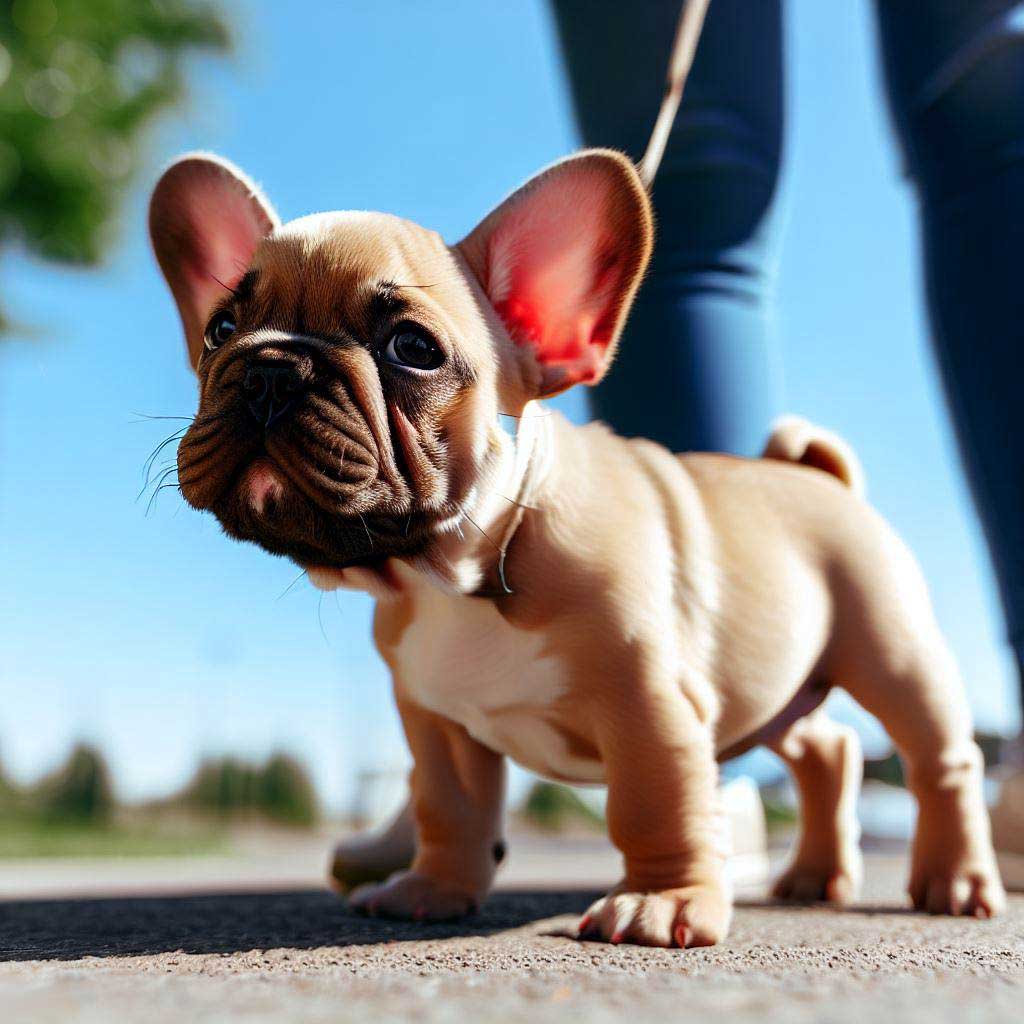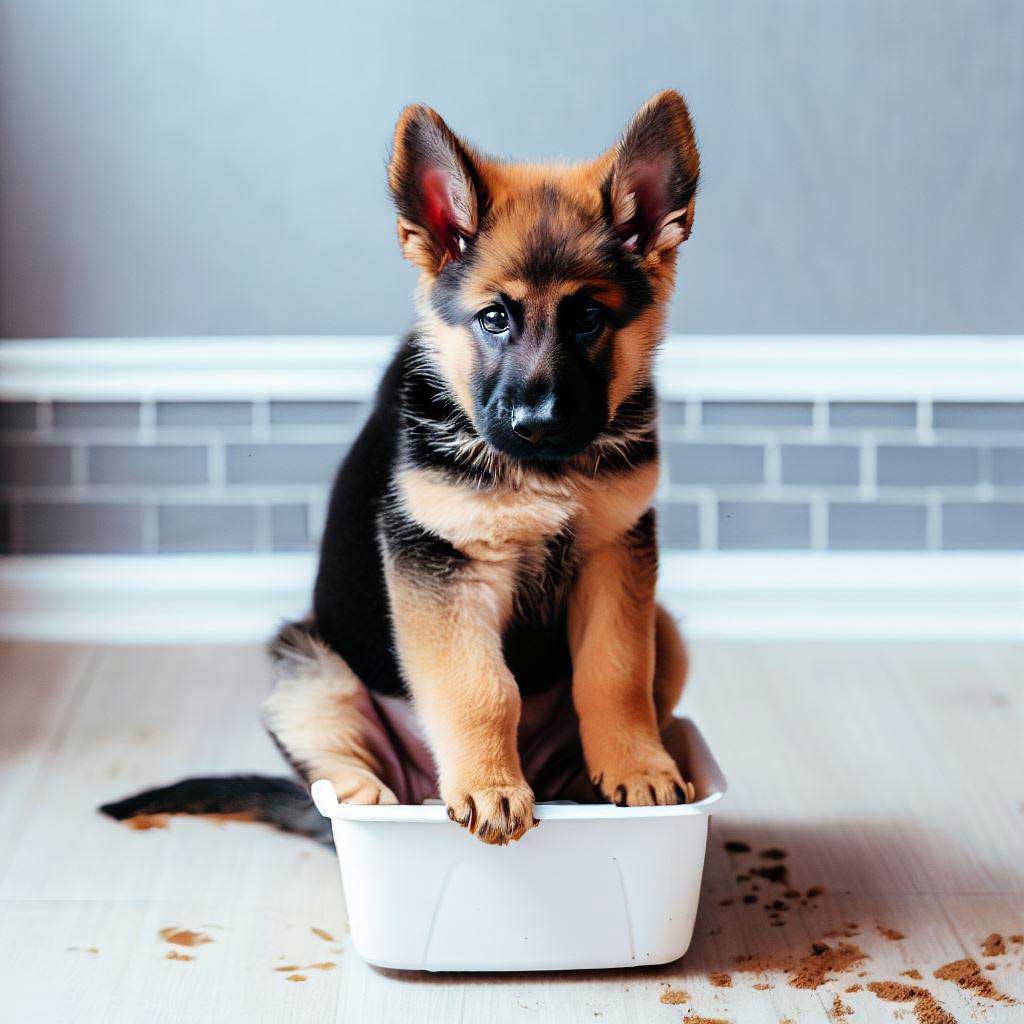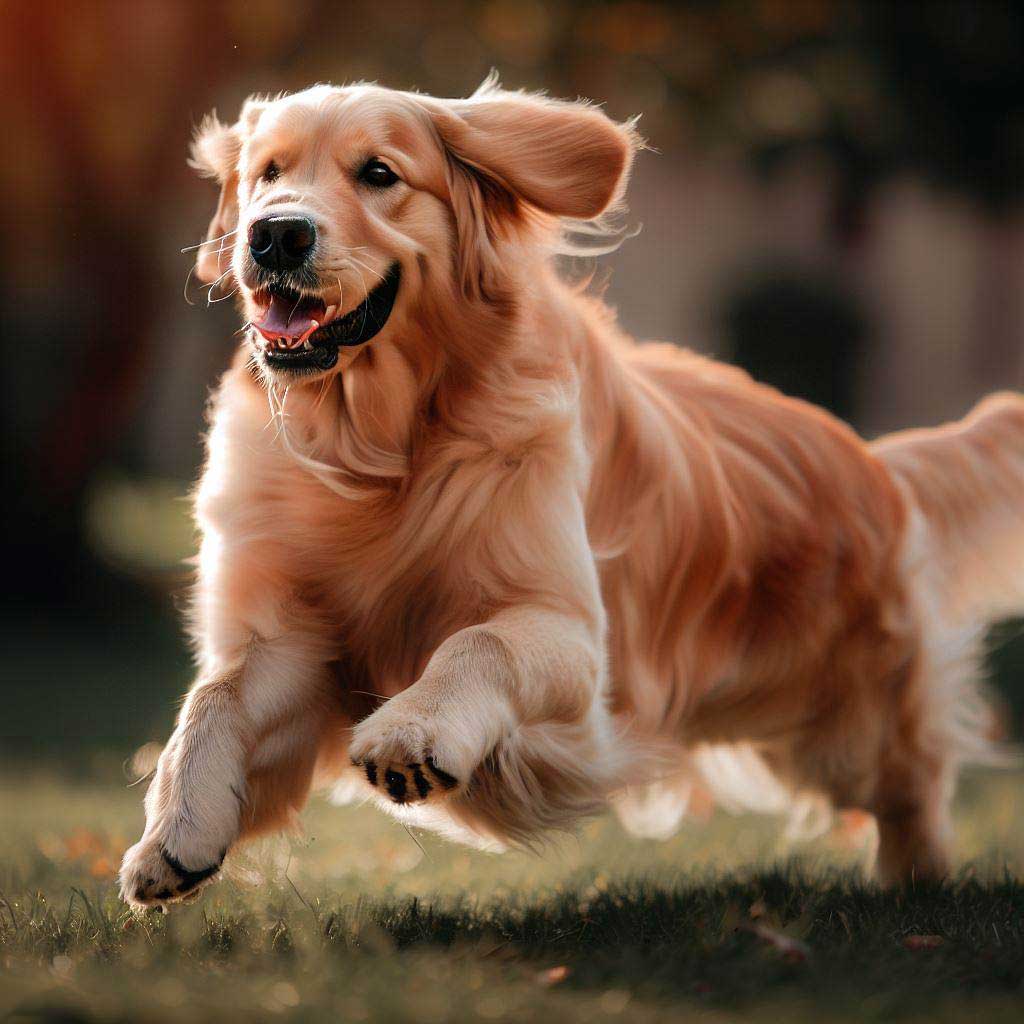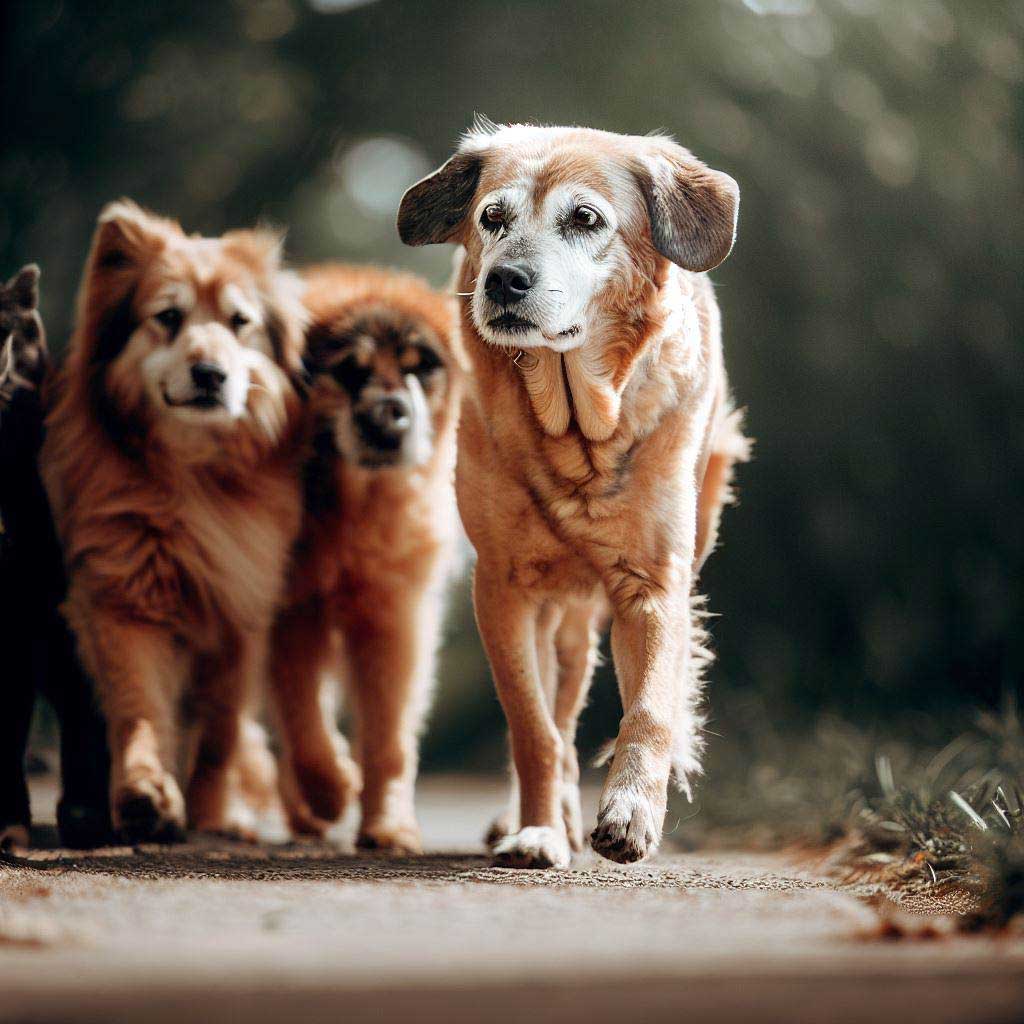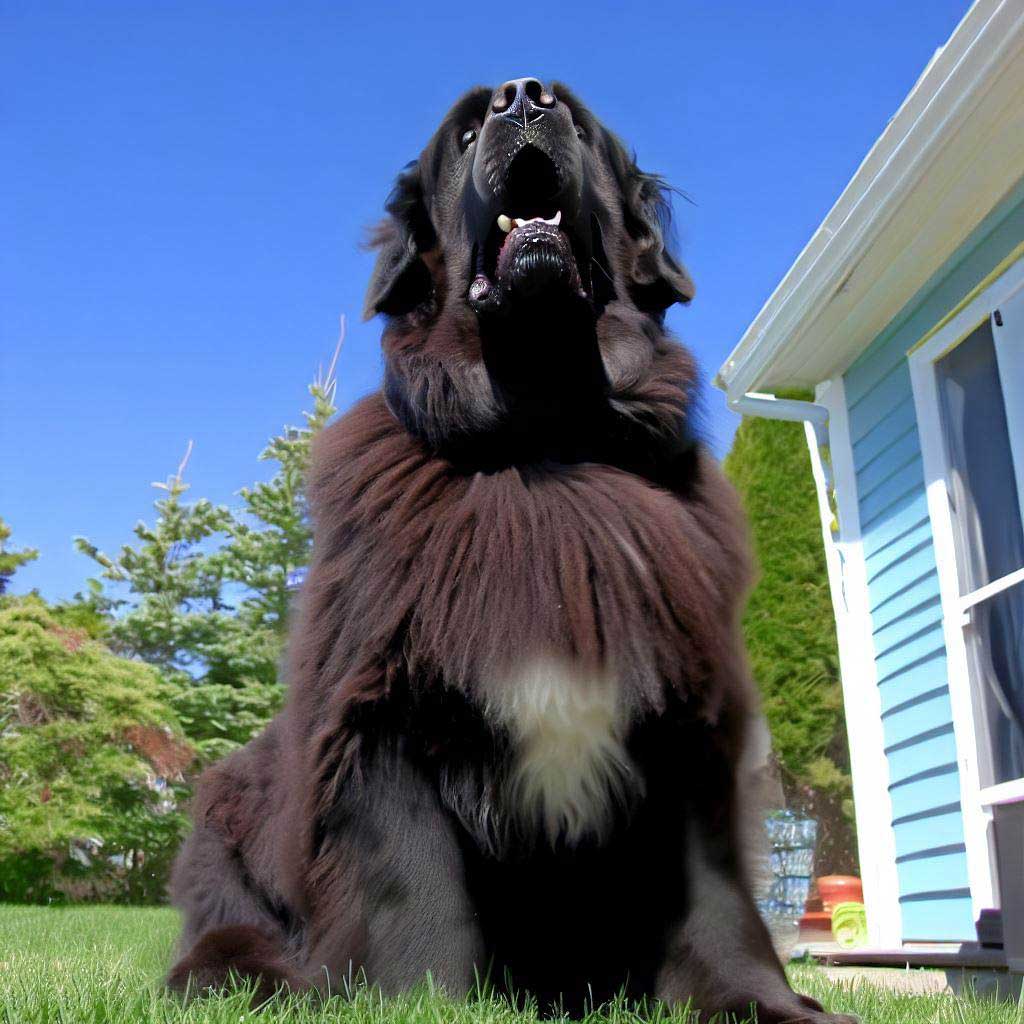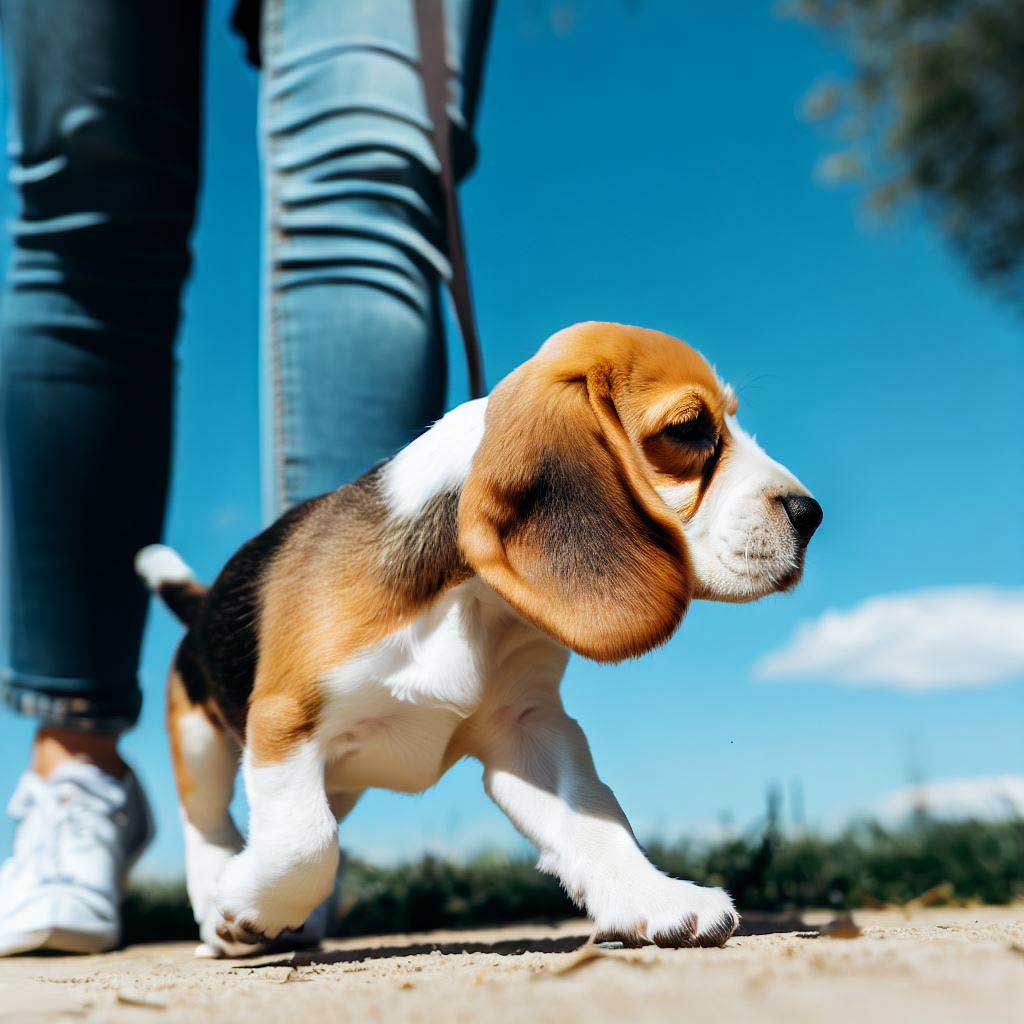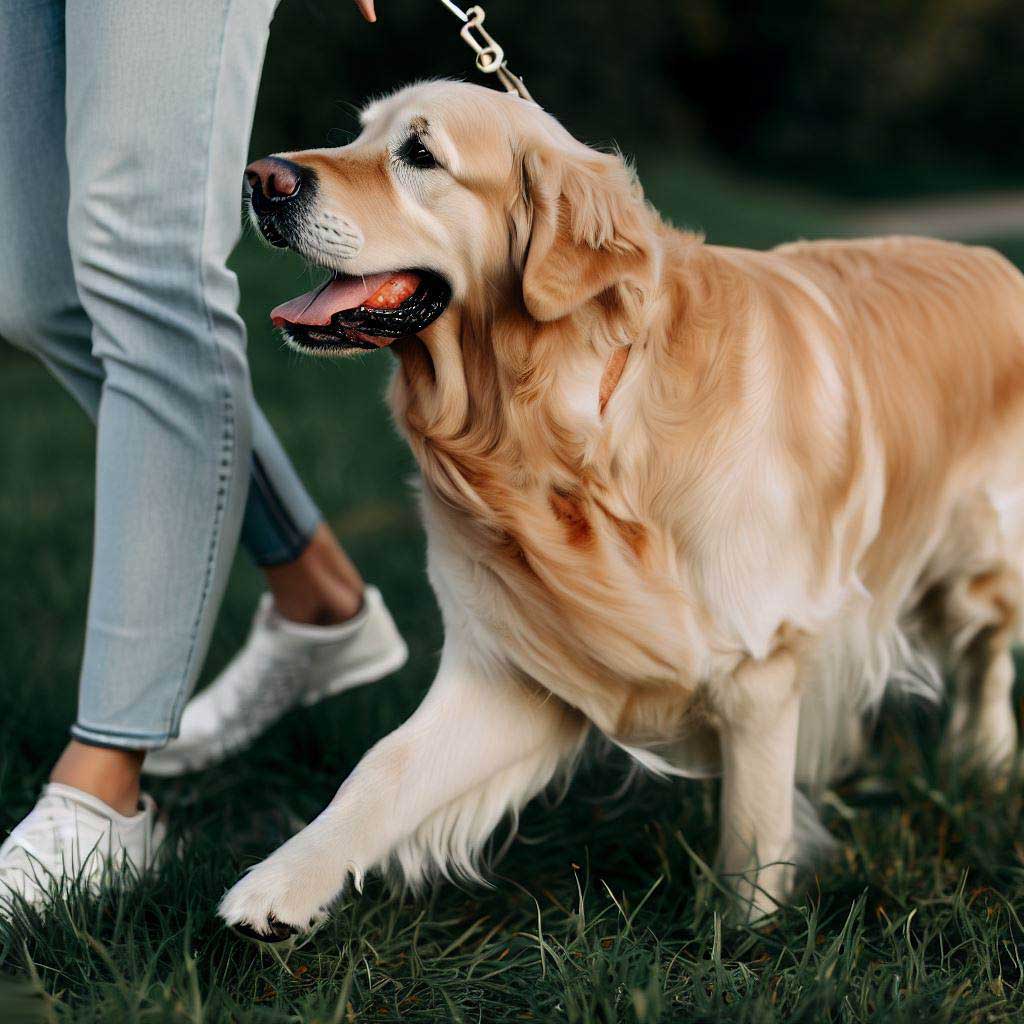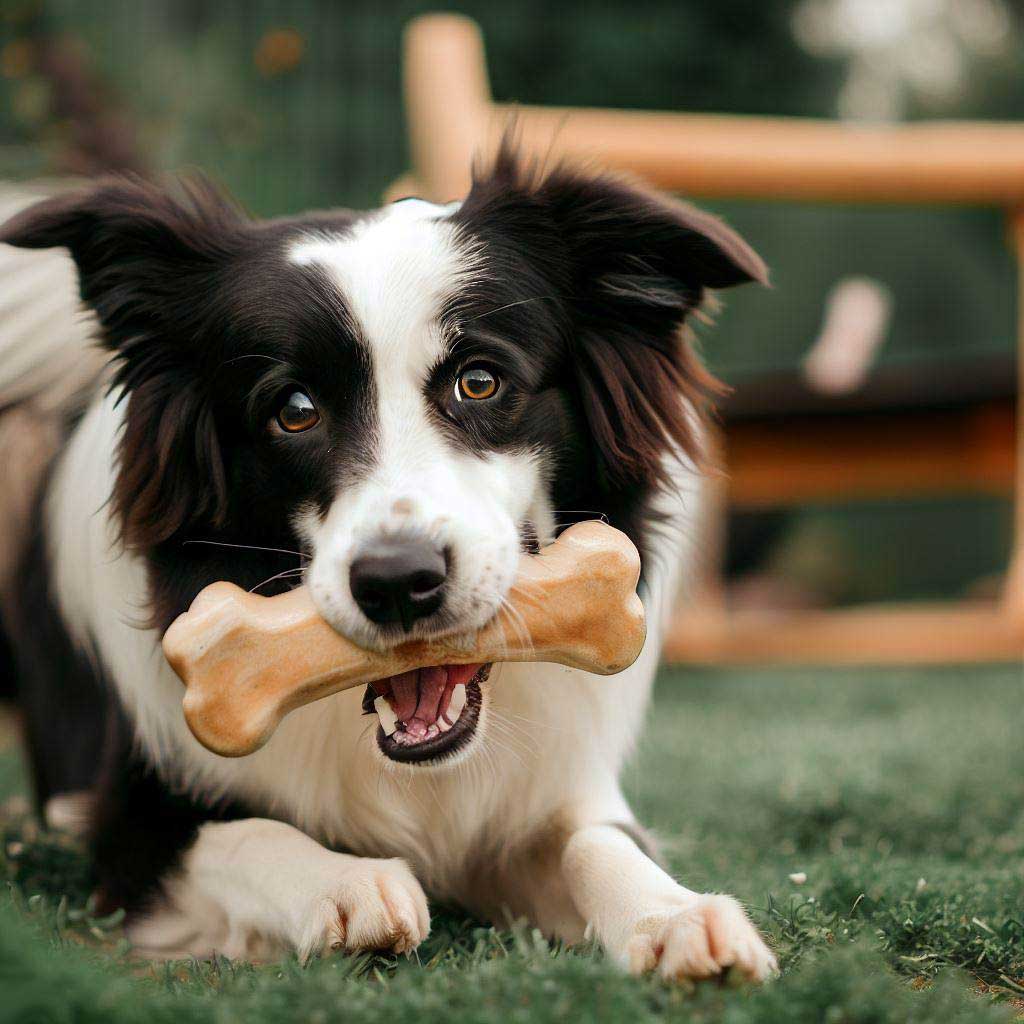Table of Contents
ToggleThe Leash of Your Worries: A Quick Guide on How to Train a Puppy to Walk on a Leash
Ah, that first magical stroll with your puppy. Except it isn’t so magical when your little furball is pulling you down the street like a sled dog in the Iditarod. But don’t worry! Learning how to train your puppy to walk on a leash can be a breeze. Let’s get your pup to be the best walking companion you’ve ever had.
The Importance of Leash Training
Why focus on leash training? Well, leash manners are pivotal for safety, both yours and your dog’s. A pup that pulls can lead to:
- Yanked arms
- Sudden dashes into traffic
- Trips, falls, or twisted ankles
The Gear You’ll Need
Before we jump into training, let’s get equipped.
- A collar or harness: For younger puppies, a harness is often better.
- A sturdy leash: Retractable leashes? Nah. Go for a solid 6-foot one.
- Treats: Opt for soft, easy-to-chew rewards.
Training Fundamentals: Where the Rubber Meets the Road
The first step in knowing how to train a puppy to walk on a leash is understanding that training starts before you even hit the sidewalk. At home, allow your puppy to sniff and explore the leash. Make it a positive association. Treats and praise? Yes, please!
Introducing Indoor Leash Time
Try walking indoors first. The home environment is less stimulating, which makes it easier for your pup to focus. Praise and treat for each step your dog takes while staying by your side.
Outdoor Challenges
Once your puppy is walking like a pro indoors, it’s time for the great outdoors. Anticipate more distractions—squirrels, other dogs, and even that intriguing leaf blowing down the street. Keep your tone cheerful but firm.
Mastering the Technique: Let’s Get Walking
- Begin with Short Walks: 5-10 minutes, folks. Keep it simple.
- Frequent Breaks: Tired puppies are not good learners.
- Direction Changes: If your pup starts pulling, change direction to regain focus.
- Positive Reinforcement: Reward good behavior immediately with treats and praise.
- Incremental Increases: As your puppy gets better, extend the walk duration.
Trouble in Paradise: Common Setbacks
- Biting the leash: If your puppy turns the leash into a chew toy, a quick “no” followed by a treat for letting go works wonders.
- Stops and sits: Sometimes a pup just doesn’t want to walk. Encourage him with treats and enthusiasm.
Leash Training 2.0: Advanced Moves
Ready to level up? Consider enrolling in online dog training courses. Trust me; these aren’t your average YouTube tutorials. They offer in-depth insights on a plethora of canine manners and tricks. Curious about where to start? Check out our article titled “Best Online Dog Training Courses: Any Dog Will Love.” We’ve reviewed 15 options and picked the top three that any dog—and owner—will fall head over paws for.
Wrapping It Up: The Journey Continues
Knowing how to train a puppy to walk on a leash is just the beginning of your adventures together. It’s a gradual process that involves plenty of rewards, some setbacks, and heaps of patience. But once mastered, walking on a leash opens up a world full of exciting explorations for you and your best four-legged friend.
So, what are you waiting for? Grab that leash and those treats. Your journey into the wonders of well-mannered walks starts now.
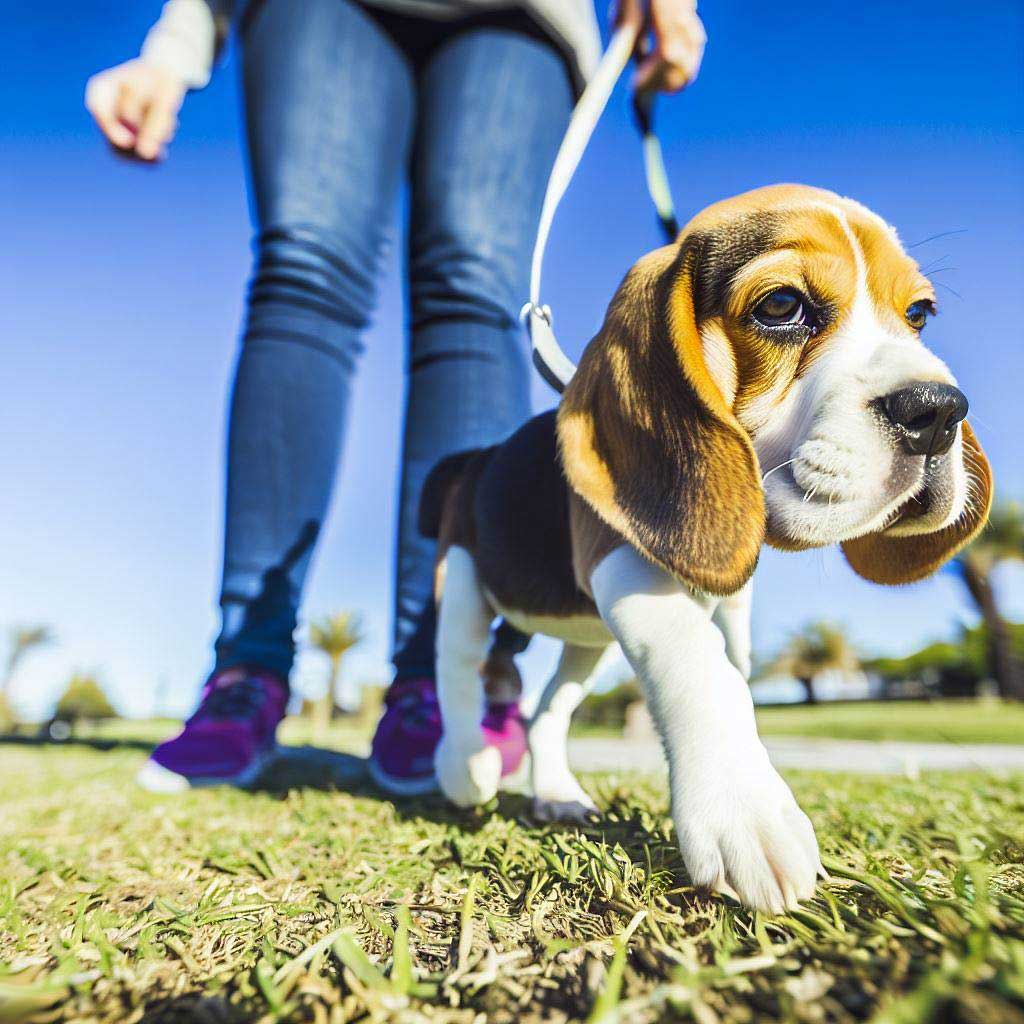
FAQ: How to Train a Puppy to Walk on a Leash
What age should you start leash training a puppy?
You can start leash training as early as 8 weeks old. However, keep training sessions short and positive to suit a young pup’s attention span.
How do you train a puppy to walk on a leash beside you?
Start with indoor training. Use treats and vocal praise to reward the puppy when it walks beside you. Gradually introduce distractions and increase the walking distance.
How do I train my 12-week old puppy to walk on a leash?
By 12 weeks, your pup is ready for more structured walks. Use a standard 6-foot leash, practice inside first, then take shorter walks outside, rewarding positive behavior with treats and praise.
How do you train a puppy to walk on a leash without pulling?
To prevent pulling, make abrupt direction changes whenever your puppy starts to pull. Reward the pup when it returns to your side. Be consistent with your reactions and rewards.
Is collar or harness better for a puppy?
Harnesses are generally better for puppies. They distribute pressure more evenly and reduce the risk of neck strain, which is crucial for growing dogs.
How do I train my dog not to pull?
Immediately stop walking if your dog starts to pull. Only resume the walk when the leash slackens. Reinforce this behavior with treats and praises, making it clear that pulling leads to a halt in the walk.
What kind of leash is best for training a puppy?
A standard 6-foot leash is best for training. It gives you control while allowing some freedom for your puppy. Retractable leashes are not recommended for training.
How do I stop my dog from pulling on the leash when I walk?
Use the “stop and go” technique. Stop when the dog pulls and only continue when the leash slackens. Consistency is key; it reinforces the idea that pulling will not be rewarded with continued walking.
Why won’t my puppy walk on a leash?
Puppies may be fearful or distracted. Be patient and encourage movement with treats and praise. Gradually, your puppy will associate the leash with positive experiences.
What to do when the puppy pulls on the leash?
Stop walking and wait for the puppy to return to your side. Only continue the walk when the leash is slack. Use treats and praise to reward the desired behavior.
How do I get my 12-week old puppy to stop pulling on the lead?
Same as older dogs—employ the “stop and go” method. Since your pup is young, keep training sessions short and use ample positive reinforcement.
How do you train a puppy to come when called?
Start indoors where there are fewer distractions. Use a cheerful, high-pitched voice to call the puppy’s name followed by “come.” Reward the puppy with treats and praise when it comes to you. Gradually add more distractions and distance as the puppy improves.
Training a puppy to walk on a leash can be a rewarding experience when done correctly. Patience, positive reinforcement, and consistent behavior on your part are the keys to successful leash training.
